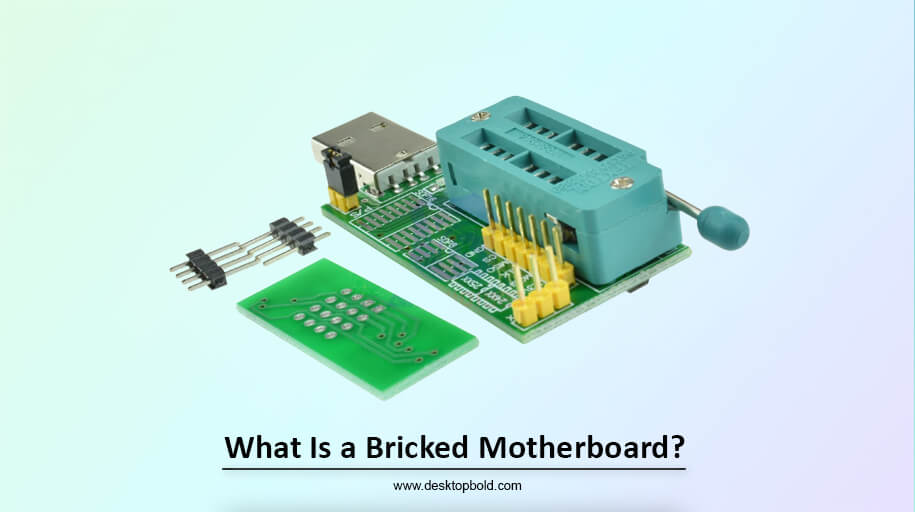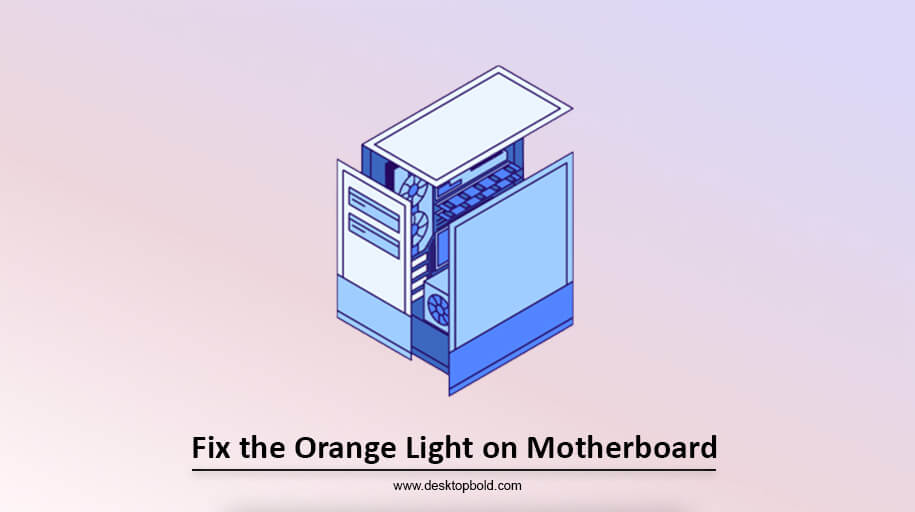Have you ever wondered if the motherboard of your computer can store data? The motherboard is a vital component that connects all the other parts of the computer system and helps them communicate with each other. In this article, I will take a closer look at Does the motherboard store data and the various types of devices used for data storage.
By the end of this article, you will know “Does A Motherboard Store Data?” This information will help you better understand the inner workings of your computer and how it stores and retrieves data.
Does the Motherboard Store Data? [Answered]
One of the essential parts of any computer is the motherboard, but does it also serve as a data storage device? To build or improve a pc, it is necessary to be familiar with the various data-storing devices and their respective descriptions.
Description of Data Storage:
The term “data storage” is used to describe the act of storing digital data. Data storage requires an electricity supply to keep information for later use. As far as storing information works, you can use volatile or non-volatile storage. While data stored in a device’s volatile memory will be destroyed if the device’s power is cut, data stored in a device’s non-volatile memory will remain intact.
Different Types of Data Storage Devices:
Different devices can store data, such as hard disc drives (HDD), solid-state drives (SSD), and memory cards. A hard disc drive (HDD) is a mechanical storage device that uses a rotating disc to store data, while a solid-state drive (SSD) uses flash memory to store data directly. Digital cameras and other devices frequently use memory cards due to their compact size and portability. While there are advantages and disadvantages to each data-storing device, ultimately, the user’s requirements and preferences will determine which method is the best fit.
The motherboard itself doesn’t store data, but it’s connected to other devices that can. If you’re developing or updating a pc, you need to know all about data storage and how it works. Users can make well-informed choices about the data storing devices for their computers if they know the particular demands and specifications.
Explanation of Data Storage
Data storage is an integral part of computing, and if you want to build or improve a computer system, you need to know what it is, how it works, and what kinds of devices are used to store data.
Definition: The term “data storage” is used to describe the act of storing digital data. Data storage needs an electricity supply to keep information for later use. Data storage is vital to computing because it enables users to save and extract data anytime.
How Data storage works:
Data storing devices include HDDs, SSDs, memory cards, and others for archiving and extracting data. Data is kept on these devices in bits of information, using either magnetic or flash memory. If and when it is required, the computer system can obtain and recover the info.
Hard Disk Drive (HDD): Traditional mechanical storage systems and hard disc drives keep information on rotating discs. They are inexpensive in comparison to other forms of data storage and find widespread use in laptop computers. Hard disc drives are more reliable than flash drives but are slower and more easily broken.
Solid State Drive (SSD): Newer storage devices, solid-state discs, use flash memory to keep information. They are more costly but quicker than hard disc devices and more durable against physical damage. Due to their high speed and durability, solid-state discs are increasingly used in notebooks and advaced desktop PCs.
Optical Drives: In order to receive and transfer information from and to optical media like CDs, DVDs, and Blu-ray Discs, data recording devices use laser technology known as optical drives. Although optical discs are widely used for playing and storing media like audio and videos, their popularity is decreasing as more and more information is stored digitally.
Others: Memory cards, USB flash discs, and other devices are just a few options for storing information. Portable data storage devices like these are helpful for people who frequently need to transfer or store large amounts of data while travelling.
Therefore, it is crucial to understand the different data storing methods available before constructing or updating a computer system. Users can make well-informed choices about the data storing devices for their computers if they know the particular demands and specifications.
Conclusion
The motherboard is an essential part of a computer system. It helps different parts of the computer talk to each other. But it doesn’t save any of your pictures, files or music. Other computer components, such as the hard drive, act like a large container for storing your data.
It’s important to know about does a computer motherboard store data and various ways to do it so you can make the best choices when you’re setting up or updating your computer. You should figure out what you need so you can pick the correct parts for your computer.
Remember that saving your pictures and other stuff is important because it helps your computer work well and keeps your stuff safe.
Frequently Asked Questions
Where is memory stored on a motherboard?
RAM components on a motherboard are where computer memory is kept. The Random Access Memory (RAM) device is a component that can be removed from the computer and used to hold data temporarily. The random access memory (RAM) module is linked to the motherboard via a socket, and all information saved on the RAM module is deleted when the computer is powered down.
Will I lose my stored data if I replace my motherboard?
If you change your processor without backing up your data, you will lose them. It is crucial to back up your data to an external device, like a hard disc or solid-state drive, before changing the motherboard.




